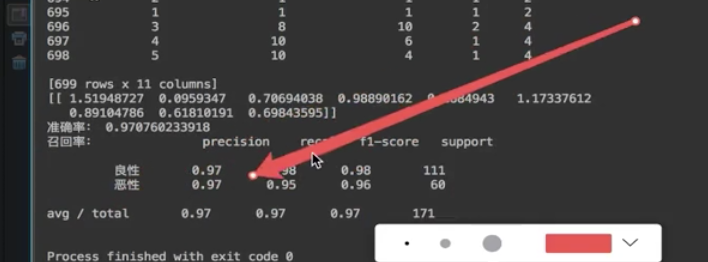Classification algorithm - logistic regression
[also an iterative method, self updating w]
Linear input to classification problem:
Input: the formula of linear regression is used as the input of logical regression

sigmoid function:
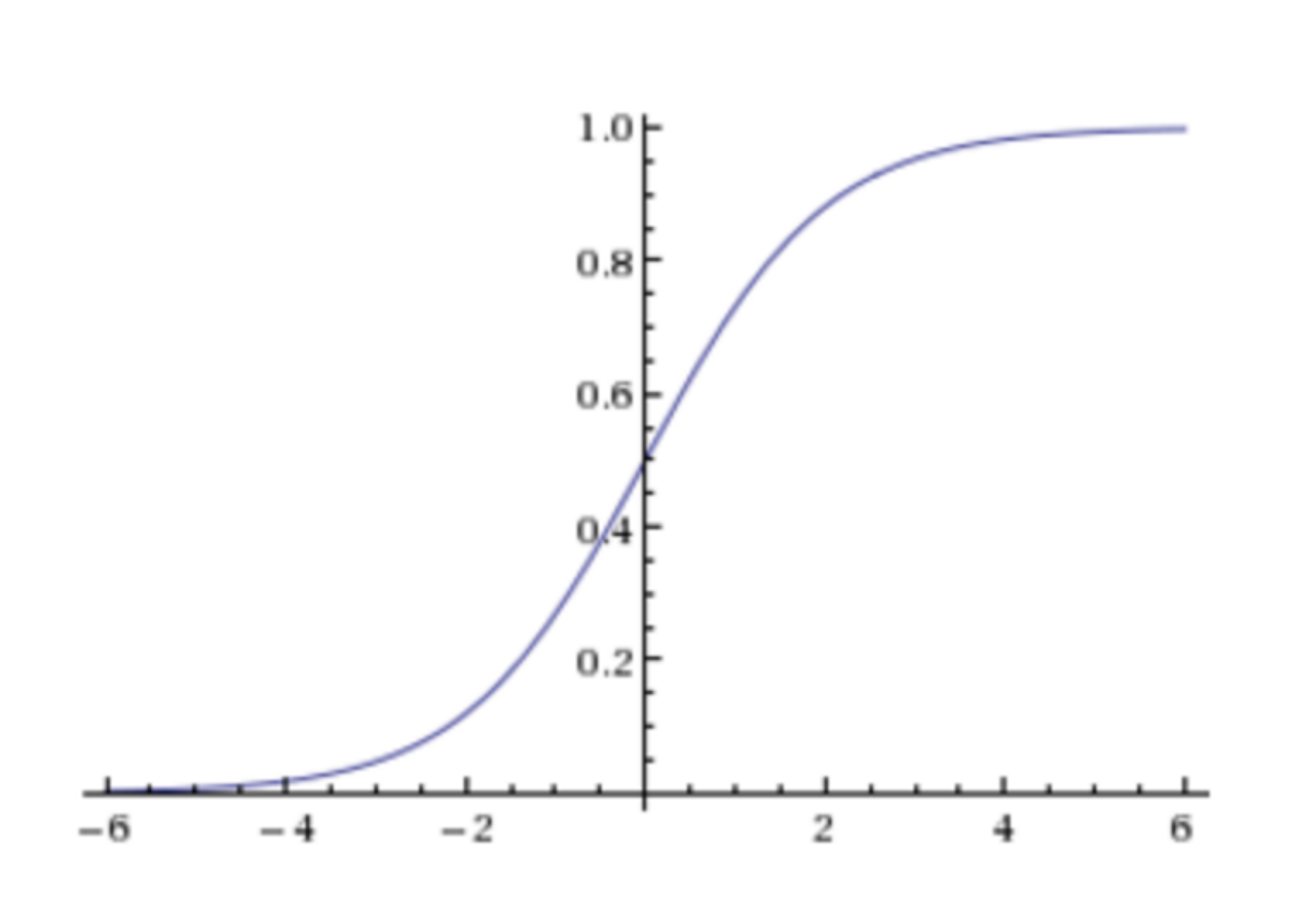
Logistic regression formula: [that is, how sigmoid converts input into probability value]
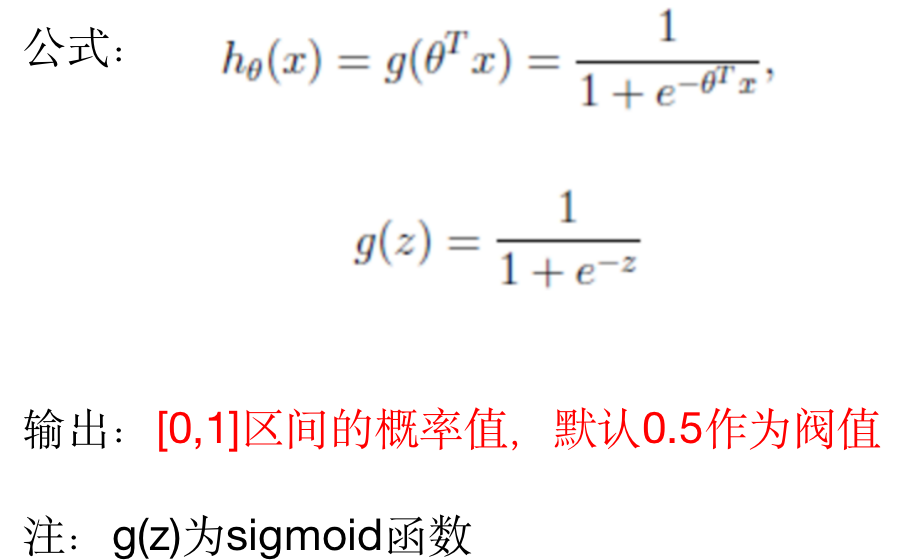
e: 2.71
Z = result of regression
Output: probability value can also be obtained
Loss function and optimization of logistic regression
It is the same as the principle of linear regression, but because it is a classification problem, the loss function is different and can only be solved by gradient descent
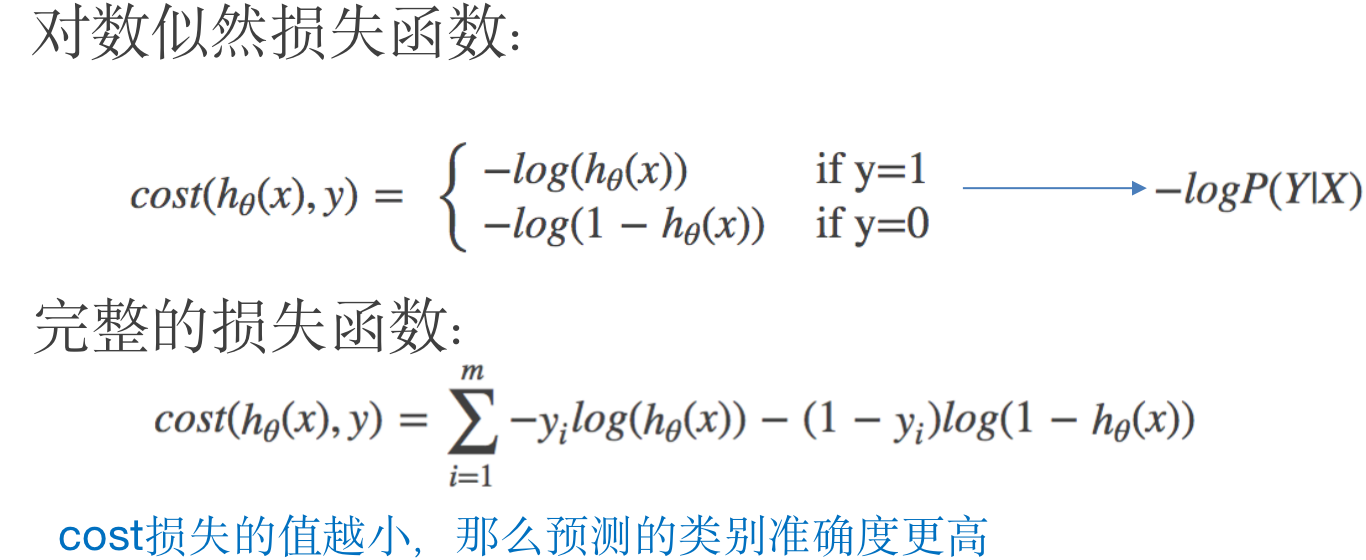
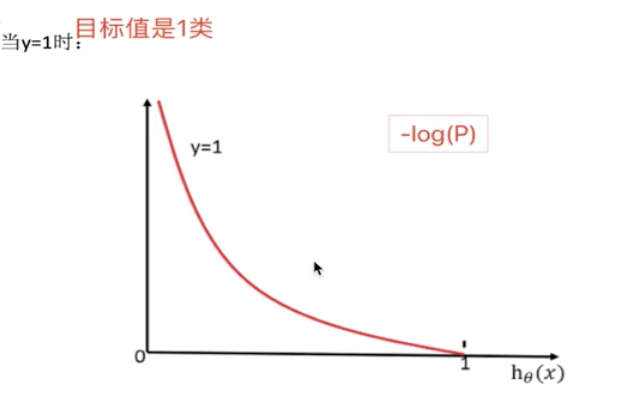
[when the target value is a class, the closer the probability is to 1, the smaller the loss function]
[which category has few samples in the second category, and the judgment probability refers to this category]
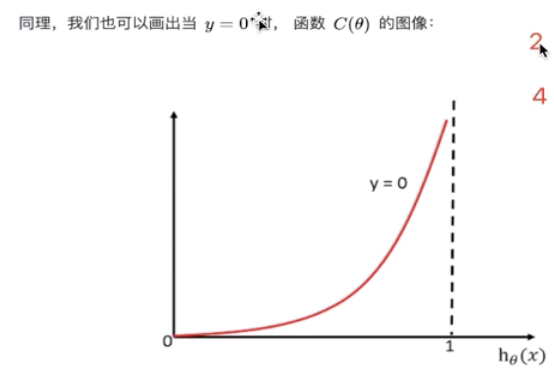
[the target value is zero, and the closer the probability is to 1, the greater the loss function]
[logistic regression only judges whether a category is or not, and judges the probability of belonging to a category. h (x) all refers to judging a category, so the image is opposite, so the above situation can occur]
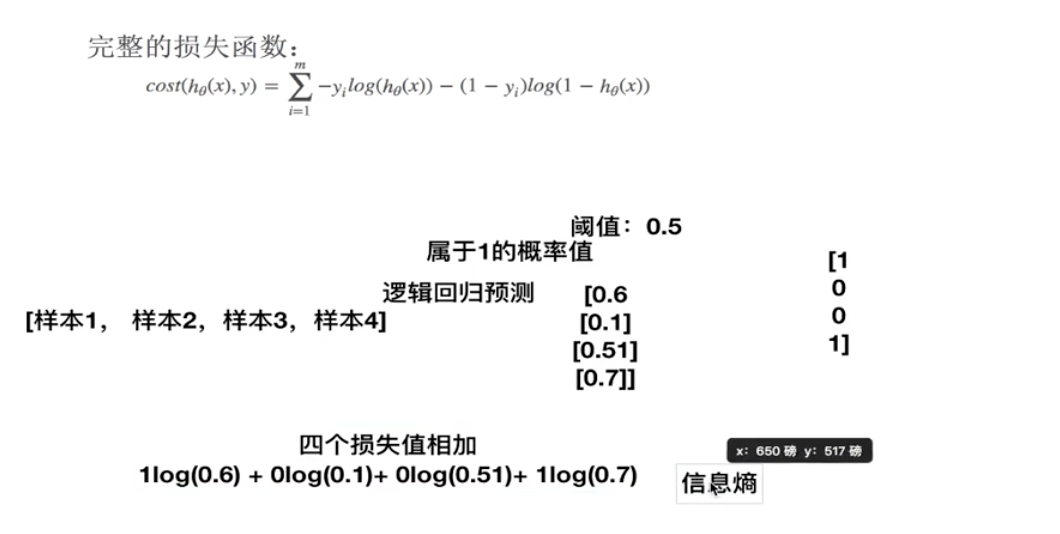 [similar to information entropy, the smaller the better]
[similar to information entropy, the smaller the better]
[it is also to update the weight]
Comparative analysis of loss function:

Syntax:
sklearn.linear_model.LogisticRegression
sklearn.linear_model.LogisticRegression(penalty = 'l2', C = 1.0) [with regularization]
Logistic regression classifier
coef_: regression coefficient
C: Regularization gradient
penalty: regularization term
Application: [only applicable to category II]
- Advertising click through rate
- Judge the user's gender
- Predict whether users will buy a given product category
- Judge whether a comment is positive or negative
[logistic regression is a powerful tool to solve binary classification problems]
Case:
Tumor prediction in benign and malignant breast cancer
Download address of original data: https://archive.ics.uci.edu/ml/machine-learning-databases/
Data Description:
(1) 699 samples, a total of 11 columns of data. The first column uses the retrieved id, the last 9 columns are the medical characteristics related to tumor, and the last column represents the value of tumor type.
(2) Contains 16 missing values, use "?" Mark.
Target value:
Malignant tumor was selected as the target value as a positive example
technological process:
- Online data acquisition tool (pandas)
- Data missing value processing and standardization
- LogisticRegression estimator process
from sklearn.datasets import load_boston
from sklearn.linear_model import LinearRegression, SGDRegressor, Ridge, LogisticRegression
from sklearn.model_selection import train_test_split
from sklearn.preprocessing import StandardScaler
from sklearn.metrics import mean_squared_error, classification_report
from sklearn.externals import joblib
import pandas as pd
import numpy as np
def logistic():
"""
Logistic regression was used to make binary classification for cancer prediction (according to the attribute characteristics of cells)
:return: NOne
"""
# Construct column label name
column = ['Sample code number','Clump Thickness', 'Uniformity of Cell Size','Uniformity of Cell Shape','Marginal Adhesion', 'Single Epithelial Cell Size','Bare Nuclei','Bland Chromatin','Normal Nucleoli','Mitoses','Class']
# Read data
data = pd.read_csv("https://archive.ics.uci.edu/ml/machine-learning-databases/breast-cancer-wisconsin/breast-cancer-wisconsin.data", names=column)
print(data)
# Processing missing values
data = data.replace(to_replace='?', value=np.nan)
data = data.dropna()
# Data segmentation
x_train, x_test, y_train, y_test = train_test_split(data[column[1:10]], data[column[10]], test_size=0.25)
# Standardized treatment
std = StandardScaler()
x_train = std.fit_transform(x_train)
x_test = std.transform(x_test)
# Logistic regression prediction
lg = LogisticRegression(C=1.0)
lg.fit(x_train, y_train)
print(lg.coef_)
y_predict = lg.predict(x_test)
print("Accuracy:", lg.score(x_test, y_test))
print("Recall rate:", classification_report(y_test, y_predict, labels=[2, 4], target_names=["Benign", "malignant"]))#Remember label
return None
if __name__ == "__main__":
logistic()The results show that:
Result analysis:
When it comes to cancer, we're thinking about recall rates
